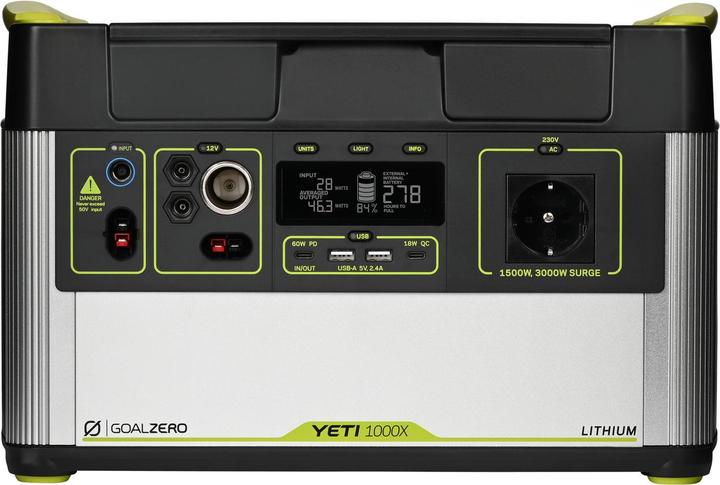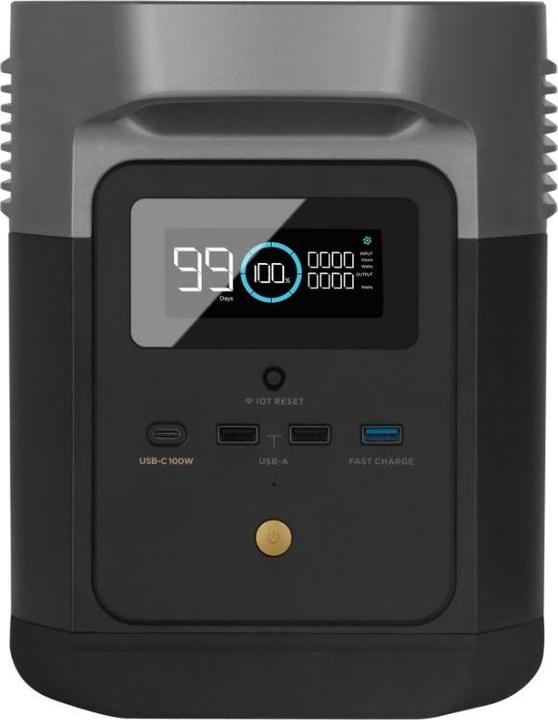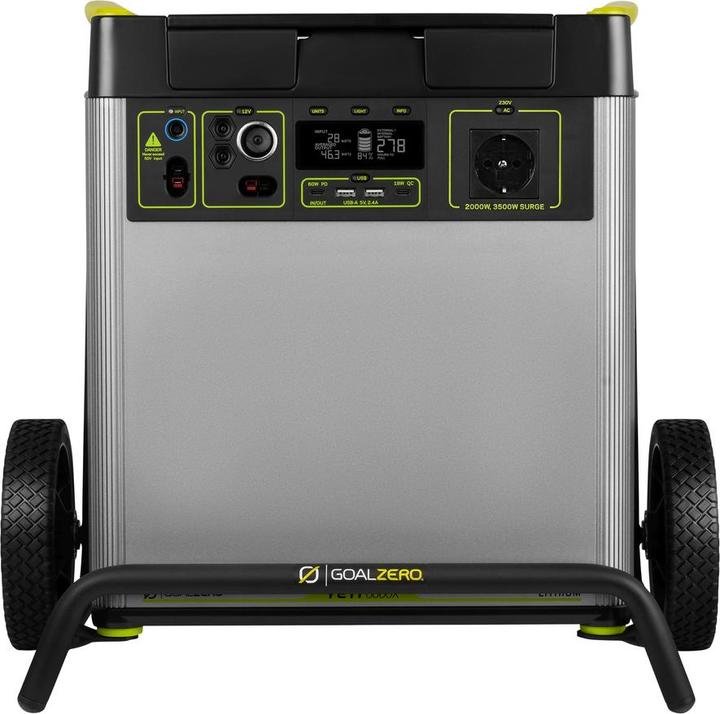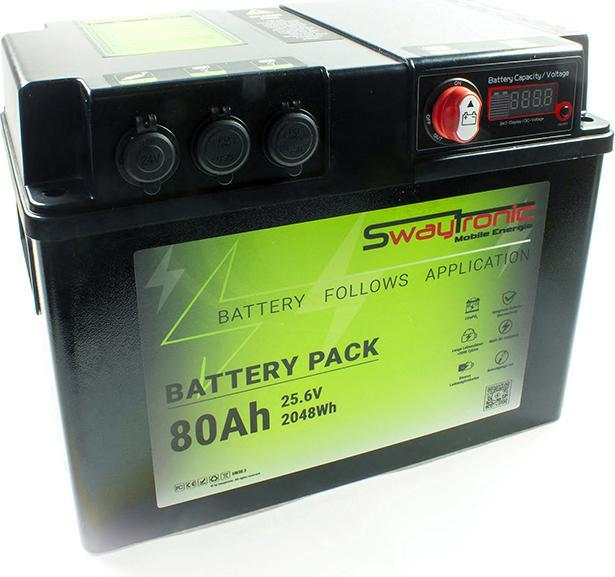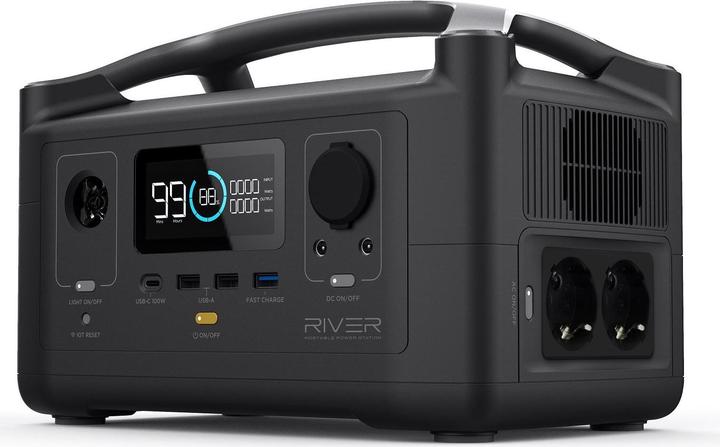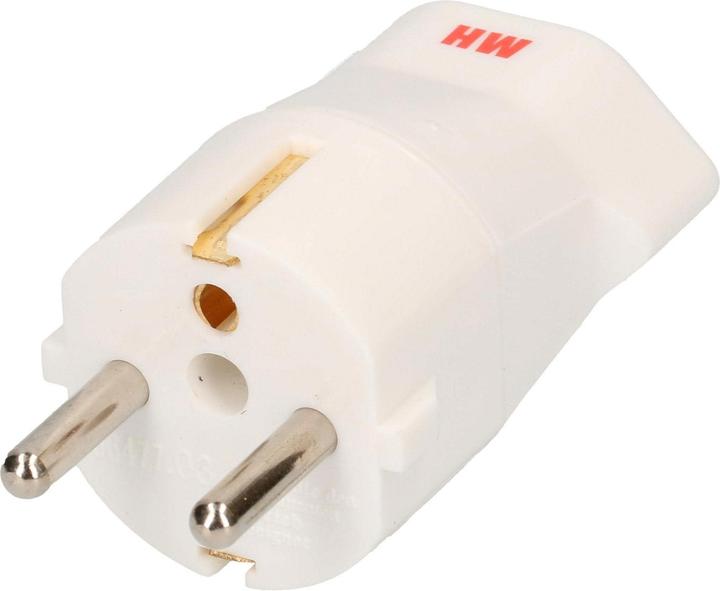
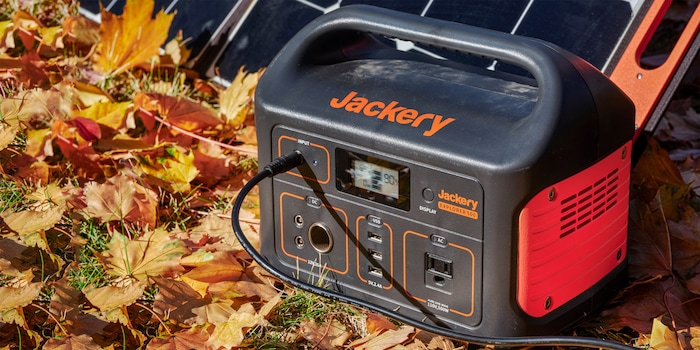
Portable power stations: which models spark joy?
If you plan on working during your camping holidays or keeping your beer cold, you’ll need a power station. Although the different models all work in the same way, they differ tremendously in terms of battery capacity and performance. Let me give you an overview.
Power station. A supergroup from the 80s, but also a product type that’s becoming increasingly popular at Galaxus. It seems that everyone is stocking up on these oversized powerbanks. Could this demand be fuelled by the fear of a power shortage as listed in the risk analysis «Disasters and Emergencies Switzerland 2020»? Maybe a fear of disaster coupled with an increased distrust of the government (as the pandemic revealed) has made more people consider a self-sufficient lifestyle than they did a few years ago? Who knows. Or maybe people are just visiting neighbouring countries in camper vans and tents more, because air travel wasn’t an option for such a long time.
Be that as it may – there’s an increased interest in power stations. So what models make sense to invest in? After all, there are a few big differences. But let’s look at the similarities first.
Put simply, power stations are portable battery packs that have various connections to power or charge electrical devices. Most of them are equipped with a lithium-ion battery and can be recharged in three ways: through a standard 230-volt socket, through a 12-volt connection in your car or through solar panels. The latter often need to be bought separately, but are very useful if you’re planning a multi-day adventure in the wilderness, for example. Otherwise you’ll have to make do with one battery charge.
Battery capacity
When it comes to capacity, there are big differences between power stations. The capacity is expressed in watt-hours (Wh) and determines how long you can run a device or how many devices you can connect at the same time.
Up to 300 watt-hours – power stations for candy crushers
Maybe you’ll want to charge your phone during your digital detox in the great outdoors. After all, you might have the urge to «briefly check» a few Insta stories or play a quick game of chess Candy Crush. If that’s the case, you won’t need a huge battery. If you’re working on the go, 300 watt-hours will even cover the odd laptop charge or two.
You might be thinking: what and how much are watt-hours? Let me break it down for you with the help of my OnePlus Nord 2. Disclaimer: I studied journalism and was graded a C in maths in my high school diploma.
My phone has a battery capacity of 4,500 milliampere hours (mAh), as I found out on Google with the search term «oneplus nord 2 battery capacity». This corresponds to 4.5 amp-hours (Ah). However, I need to know what that is in watts and watt-hours, as most power station manufacturers state their capacity in watt-hours. This makes sense, as it’s the unit of energy that states how much power was or will be used.
To translate the energy of my smartphone into watt-hours, I multiply the charge in amp-hours by the voltage of the phone battery, which is 3.7 volts (V). Ah × V = Wh. In other words, Ah × V = Wh. So I calculate 4.5 A × 3.7 V and get 16.65 watt-hours. I then divide the 300 watt-hours by 16.65 watt-hours and get 18.01. That’s how often
you can charge your smartphone with one charge of the power station.
By the way, if Candy Crush is the only reason you need a mobile charging station, then a simple [power bank]/en/s1/producttype/powerbank-2040?tagIds=77-100) will probably do.
Up to 600 watt-hours – power stations for your office on the road
I’d go so far as to say that 600 watt-hours is the standard size for a power station. It has enough power to charge your most important devices during a camping trip: mobile, laptop, fridge, coffee machine, fan. Provided that the wattage of the devices is compatible with that of the power station, that is. And that’s the second important difference – power. But I’ll get to that in the next chapter.
Up to 1000 watt-hours – power stations for your creature comforts
In terms of battery capacity, you can charge everything you enjoy using at home or use often. In addition to the previously mentioned appliances, you can also bring a vacuum cleaner, a radio and your smoothie maker on your socket-free vacation. Or maybe you want to transform your allotment garden cabin into a summer residence with all the trimmings.
The sky’s the limit – power stations for the apocalypse
Nobody needs more battery capacity than this. At least not for any real-life scenarios on the road. This capacity usually weighs a few kilos. At roughly five kilos, there are remarkably light models out there, but our shop also features the Goal Zero Yeti 6000X, which weighs a whopping 55 kilos. At least it’s on wheels. It’s probably only worth getting one of these monsters if you’re preparing your home for a power outage that will last several hours. Then again, it would probably make more sense to get a gasoline-powered device so you don’t have to rely on the grid at all. South Africa, for example, is familiar with occasional scheduled power outages (load shedding) several times a day. This is done because consumption can’t be met. Rumour has it that it could also be because electricity might soon be privatised.
Power output
Huge batteries are pointless if you only have 200 watts of power output and want to plug in your hair dryer. They usually require a minimum of 1000 watts to get going. So before you add anything to your cart, think about the devices you want to charge with the power station and check their power (in watts).
In addition to the rated current, don’t forget to check the inrush current. It tells you how high the current is that flows right after a device is switched on. It’s often significantly higher than the rated current for certain loads. This group includes all devices with a motor (e.g. power tools), as they require more power to start running than they do to keep going. If the inrush current is higher than that of your power station, your fan and power drill will remain cold – even if they only run at this wattage for a few seconds. You’ll find the inrush current in most manuals. If you don’t have those anymore (like me), a Google search or asking the manufacturer should do the trick.
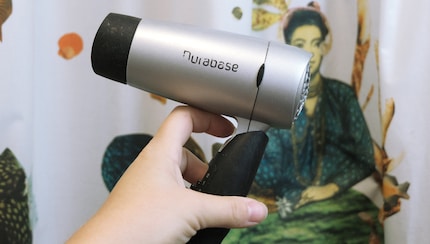
Verdict
When buying a power station, pay attention to battery capacity and power (number of watts). The rule of thumb is: the smaller the battery, the less the power station weighs. So if you plan to move the station around a lot, go for the smallest capacity possible that will still charge everything you want charged. The power becomes important when you want to run devices with motors, because they need incredible power for the first few seconds – something small stations often can’t provide. But even hair dryers and kettles, for example, can’t be operated with all power stations, because they have a very high power rating. EcoFlow came up with a good solution and has an integrated boost mode. It can push the normal rated power of 600 watts up to 1200 watts.
Once you’ve gone through this mental checklist and decided on a model, all you need to do is add an adapter to your shopping cart. Most power stations are equipped with a Schuko or Euro plug, so you won’t manage to plug in a three-pin Swiss T13 plug.
My life in a nutshell? On a quest to broaden my horizon. I love discovering and learning new skills and I see a chance to experience something new in everything – be it travelling, reading, cooking, movies or DIY.
Practical solutions for everyday problems with technology, household hacks and much more.
Show all




